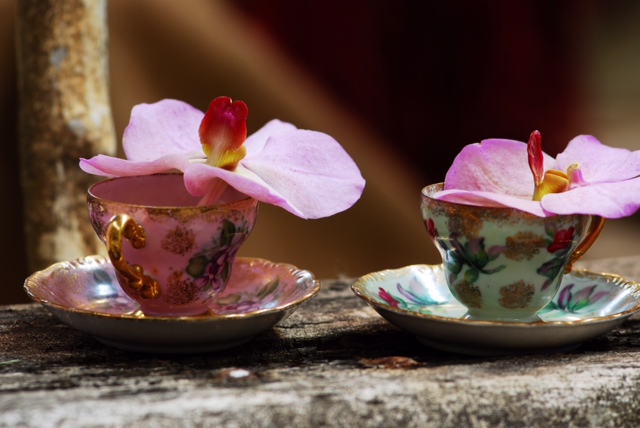Blog
Mothers Day around the globe

Last year we only touched on the origins, traditions and practices associated with Mother’s Day as part of our ode to the many meanings associated with chrysanthemums around the globe. The gift of cut or potted chrysanthemums can symbolise grief, bereavement, joy, general affection, an attempt to assist in healing sinus problems, love, a wish for longevity, or love for mothers depending on where you are, what colour the chrysanthemums are and what cultural background the giver and recipient have.
In Australia the association of chrysanthemums with Mothers’ Day is likely to be related to the fact that they are cheap and naturally in bloom in May which is the month in which most other countries also celebrate the day.
Someone has probably completed a PhD by researching and comparing the origins and traditions of Mothering Sunday and the more modern (and unrelated) Mother’s Day. There’s a lot of information out there about the topic but since we don’t have to be scholarly we thought we’d just pass on some common snippets and give you a link to a Wikipedia entry that can provide hours of further reading…
Seventeenth century Christians celebrated Mothering Sunday towards the end of Lent. At first this was about people returning to their home areas and home church, their ‘mother church’ once a year. Servants (including children) who were not living with their parents were given a day to return to their mother church to worship at the end of Lent and, eventually, to honour their own mothers.
Mother’s Day in its earliest Western forms seems to have involved ancient Greek and Roman celebrations of maternal goddesses in spring or around the ides of March. Early Christians honoured Mary (the Mother of Christ) in May and then expanded the celebration to include all mothers. Indian and Hindu societies have assimilated the modern Mother’s Day to sit alongside traditional days of honouring mothers.
Quite separately from all this, many cultures have either instigated their own Mother’s Day, general Women’s Day, Women’s suffrage or independence day, or a day to celebrate women’s participation in a battle or some other aspect of life. International Women’s Day (March 8) is celebrated in most places in some form or another.
Similarly, most countries around the world have to some extent come on board with the US-originated Mother’s Day, which was established through the work of Anna Jarvis in the early 1900s. According to Wikipedia , Jarvis trademarked Mother’s Day (as opposed to Mothers’ Day) because, although she wanted the day to be widespread, she wanted it to be about individuals honouring their own mothers. She was successful in getting it widely adopted across the USA, only to become extremely upset a few years later at the commercialisation of the day by card and gift manufacturers and florists.
Ironically, it is the commercialisation that has ensured the ‘global’ survival of Mother’s Day as one day of the year to honour and celebrate mothers and mother figures, both living and dead.
According to the Macquarie Dictionary, to honour is ‘to show respect to’ or ‘be a credit to’. It’s up to each of us to decide what we need or want to do, on Mother’s Day or any other day, to honour our mothers and mother figures. Then all that remains is to answer the question, ‘Would you like chrysanthemums (or other flowers, a gift or a card…) with that?’.
Gift ideas for Mum from Bloom College store
Vintage Posy Workshop